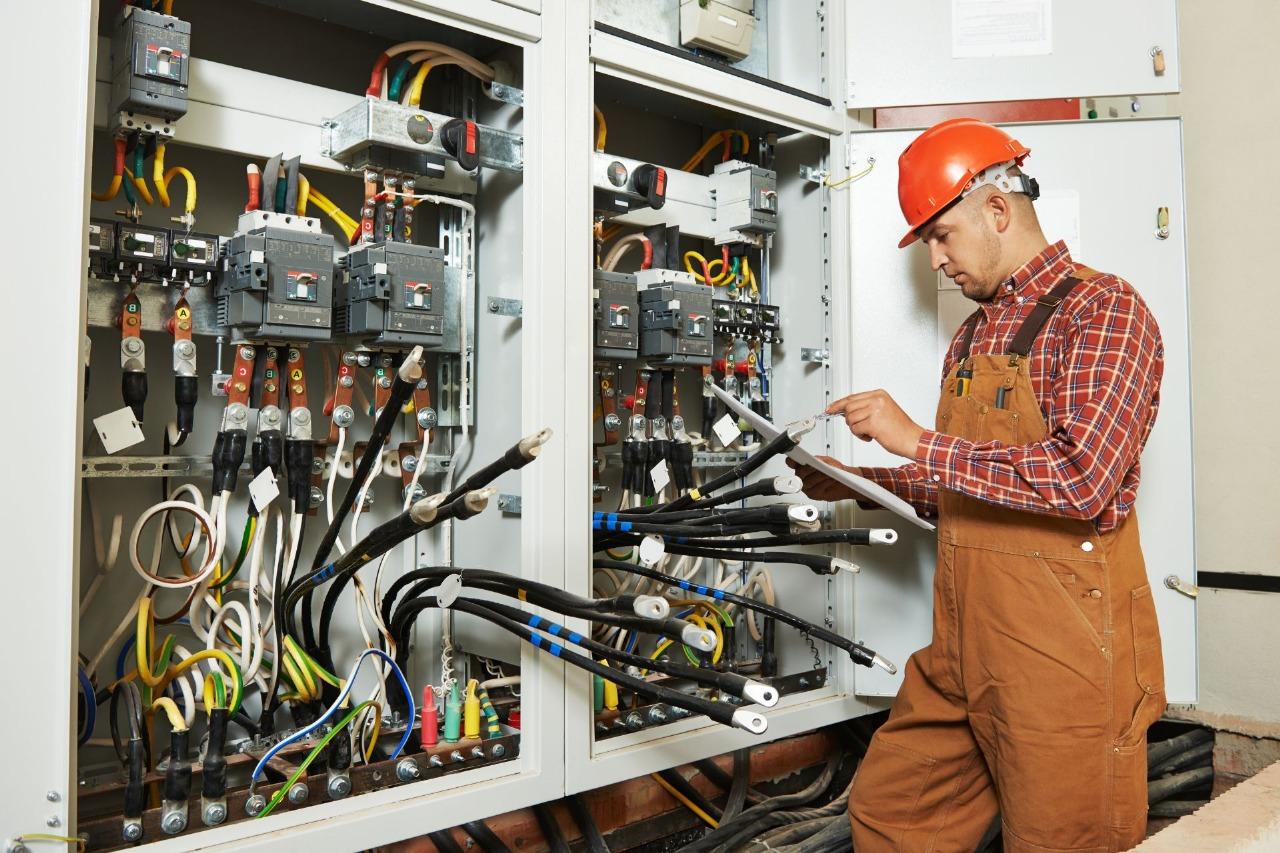In today’s world, where uninterrupted electricity is a necessity, a reliable power backup system plays a vital role in homes, businesses, and industries. Power outages can occur due to grid failures, storms, or maintenance issues, and a sudden loss of electricity often leads to operational downtime, safety concerns, and financial losses. This is where an Automatic Transfer Switch (ATS) becomes essential.
What is an Automatic Transfer Switch?
An Automatic Transfer Switch (ATS) is an electrical device that automatically transfers the power load from the main supply (utility power) to an emergency power source (such as a generator) whenever it detects a failure or fluctuation in the main supply. Once the utility power is restored, the ATS switches the load back to the main source.
This process happens quickly and seamlessly, ensuring there is no major interruption in the power supply.
How Does an Automatic Transfer Switch Work?
The ATS is designed with sensors and control mechanisms to continuously monitor the main power source. Here’s a simple breakdown of its working:
-
Monitoring Power – The ATS keeps checking the voltage and frequency of the main supply.
-
Detecting Failure – If the utility power fails or drops below safe levels, the ATS signals the backup generator to start.
-
Switching Power – Once the generator stabilizes, the ATS transfers the load to the generator.
-
Restoring Power – When the main supply returns to normal, the ATS automatically switches the load back and shuts down the generator.
This quick and automatic operation eliminates the need for manual intervention, providing peace of mind and efficiency.
Types of Automatic Transfer Switches
Different facilities require different types of ATS systems depending on their power needs. The main types include:
-
Open Transition ATS (Break-Before-Make): Disconnects the load from one power source before connecting to another.
-
Closed Transition ATS (Make-Before-Break): Ensures a brief overlap between power sources for zero interruption.
-
Delayed Transition ATS: Provides a time delay between disconnection and reconnection to protect sensitive equipment.
-
Soft Load Transfer Switch: Gradually transfers load between sources to avoid sudden power surges.
Applications of Automatic Transfer Switches
The use of ATS is widespread across various sectors because power continuity is critical everywhere:
-
Residential Buildings – Keeps essential appliances and lighting working during outages.
-
Commercial Offices & Shops – Ensures smooth business operations without interruption.
-
Hospitals & Healthcare Facilities – Keeps life-saving equipment running without risk.
-
Industries & Manufacturing Units – Protects machines from damage and prevents production downtime.
-
Data Centers & IT Hubs – Maintains uninterrupted connectivity and prevents data loss.
Benefits of an Automatic Transfer Switch
-
Uninterrupted Power Supply – Seamless switching between power sources.
-
Safety Assurance – Prevents electrical hazards by avoiding manual handling during outages.
-
Efficiency – Reduces downtime and keeps operations running.
-
Reliability – Provides instant backup without human involvement.
-
Protection for Equipment – Prevents damage caused by sudden power loss or surges.
Why Choose an Automatic Transfer Switch?
An Automatic Transfer Switch is not just a convenience; it’s a necessity for businesses and households that cannot afford power disruptions. By automatically managing the power source, it ensures safety, reliability, and efficiency. Whether you run a small office, a large manufacturing unit, or want uninterrupted power at home, installing an ATS is a smart and long-term investment.



